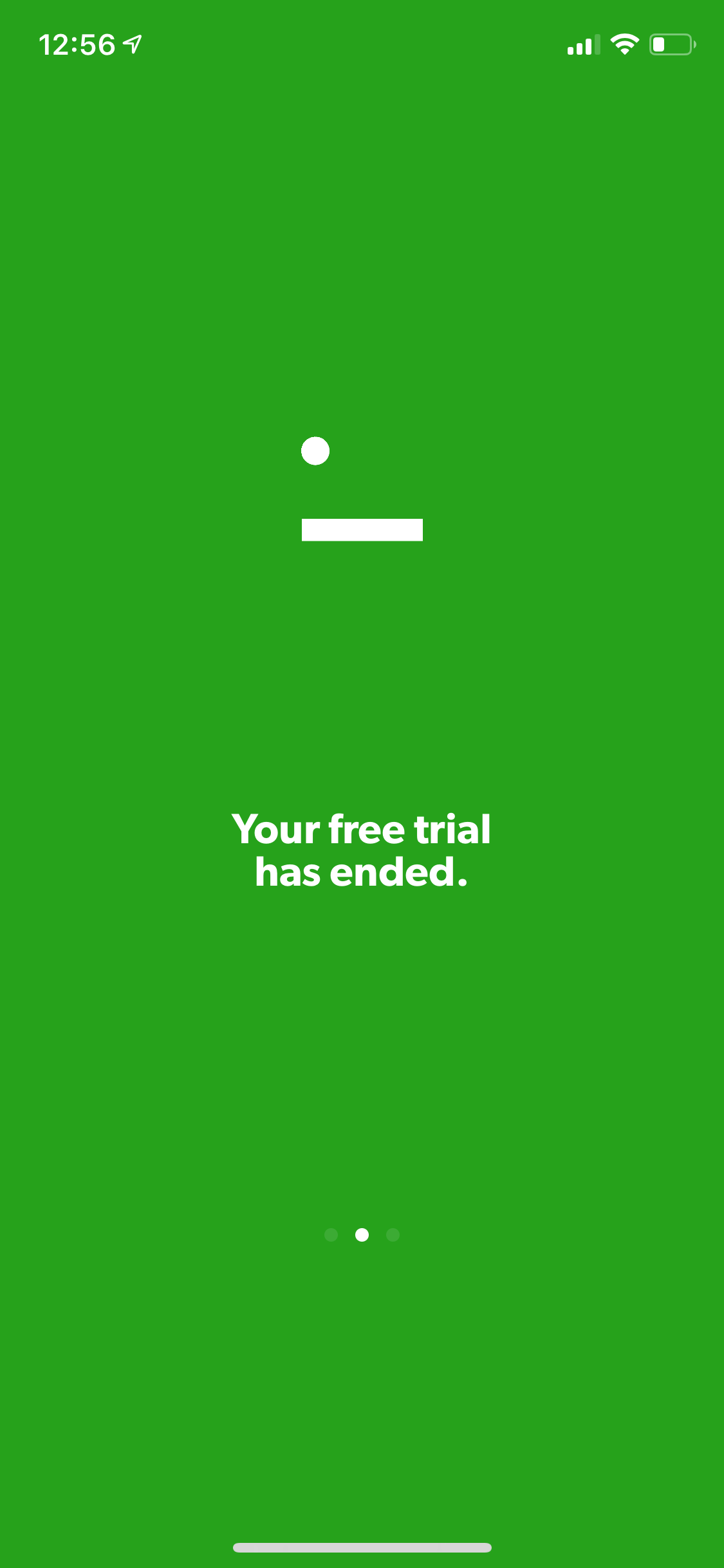I have heard it numerous times by people thinking of starting their own business, reluctant to share ideas or information for free, asking:
“Should I offer it for free?”
Not only start-ups or small businesses but also large corporations hesitate and think…
“But if we gave all this knowledge away for free, they wouldn’t need us. They will just go ahead and do it on their own.”
Here is the thing, while that may be true, it’s not for all customers.
There is one fundamental truth about us as human, we are lazy.
We need guidance, we need support and most importantly, we fall in love with what we are familiar with. We love what we own and what we got used to.
… and that’s science talking, not just my opinion. According to the endowment effect behavioral bias, we place more value on the things that we already own rather than what we don’t.
Read: They wait until it’s part of our life then make us pay for it | Tales of an Excessive Spender
So, what does this have to do with giving away things for free anyway?
Offering a free trial has an enormous effect that if used properly, you will find your customers happily paying for your product/ service.
How?
Listen to this or rather read it carefully.
If the free trial helps your customers build a new habit, by the end of the trial, your customers would have already formed that habit and they won’t want to let go of your product/ service.
… and if your competition in the market also offers your product/ service, but your customer tried yours, because yours was free, to begin with, they would be reluctant to switch to your competition. Your customers have already placed more value on your product (the things they already own)… The endowment effect, Remember?
Let’s look at an example, shall we?
Recently, I started using a meditation app called HelloMind. I fell in love with it and started using it daily.
One day, I was sitting with a friend who also happens to run his own guided meditation sessions, I was so excited to tell him about the app and wanted to show it to him.
When I opened the app, I got this message, “Your free trial has ended.”

I was annoyed that now I have to pay for it but at the same time fascinated by how this free trial made me happily choose to pay.
My reaction was, “Damn, I love it. This free trial idea is brilliant.”
I ended up paying for the subscription.
On the other, if upfront, HelloMind asked to pay for the subscription, I won’t have paid for it, moved on, and stuck to the YouTube meditation videos.
But, why did I pay for it?
I got used to it. I loved it and I formed a new habit. It had all my favorite sessions saved too!
Nir Eyal in his book Hooked, explains how to build habit-forming products, and that is exactly what happened to me.
According to Nir, there are four phases to building a hook:
- Trigger — External or internal cues that prompt certain behavior — My daily routine.
- Action — Use of the product, based on ease of use and motivation — Using the app.
- Variable Reward — The reason for product use, which keeps the user engaged — Feeling good after meditation.
- Investment — A useful input from the user that commits him to go through the cycle again — All my favorite sessions were already downloaded and saved.
I went through all phases, and so I got “hooked” on the app, and happily paid the subscription.
Talk to me, would you consider offering a free trial?
